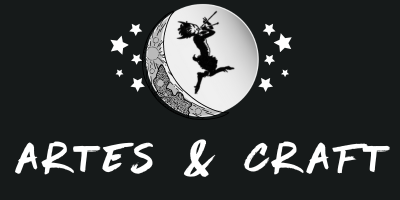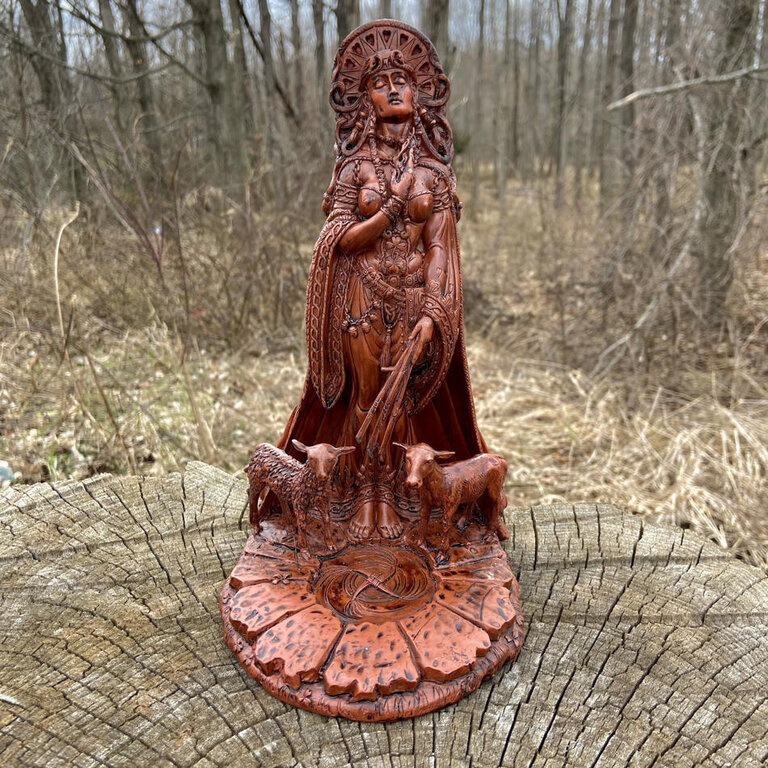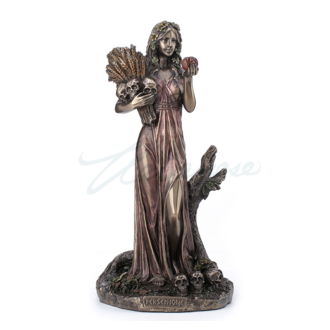


Login
Log in if you have an account
Register
Having an account with us will allow you to check out faster in the future, store multiple addresses, view and track your orders in your account, and more.
Create an accountBrigid by Maxine Miller
Approx. 10.5 inches high.
Brigid was a goddess full of contradiction. She was a goddess of healing, fertility, and motherhood, but also of passion and fire. Further complicating matters, Brigid was a goddess of serenity and water as well. Evidence of her worship has been found throughout Ireland, reflecting her importance as a powerful, yet personal deity. When she was not protecting mothers and newborn children, Brigid inspired many of the writers and poets for which Ireland is internationally renowned.
Brigid often appeared as a fiery-haired goddess wearing a cloak of sunbeam. She appears primarily in the form of a maiden or a mother, depending on the tale. These multiple forms may have been reflective of her status as a triple goddess.
Brigid was a goddess of fire, passion, poetry, and invention. Even well into the Christian era, Irish writers credited Brigid as their inspiration. Through her connection to high architecture, She was a learned goddess—in part through her connection to high architecture—and inspired not just smiths, but craftsmen of all trades. Her connection to healing and wisdom may have been aspects passed on from her father, the Dagda, who was a master of magic and mysticism. Her ability to always know what was needed was one of her many sacred gifts.
Her status as a fire goddess was also apparent in her connection to the sun, and dawn in particular. Imbolc reflected the sun returning to the world as winter’s hold on the land lessened. Her name, “Exalted One,” reflected not only her nature as a solar deity, but her connection to crafting and wisdom as well.
Her invention of keening, a lament for the dead, reflected her status as a goddess of life and death. Brigid also protected cemeteries, which can be found at many of her holy sites.
Given the diversity of her attributes, Brigid was believed by many to be a triple goddess. Unlike most triple goddesses in Ireland, however, all of her aspects were named Brigid. Her status as a triple goddess allowed her to have multiple husbands, parents, and children without causing contradictions in the Celtic mythos.









